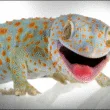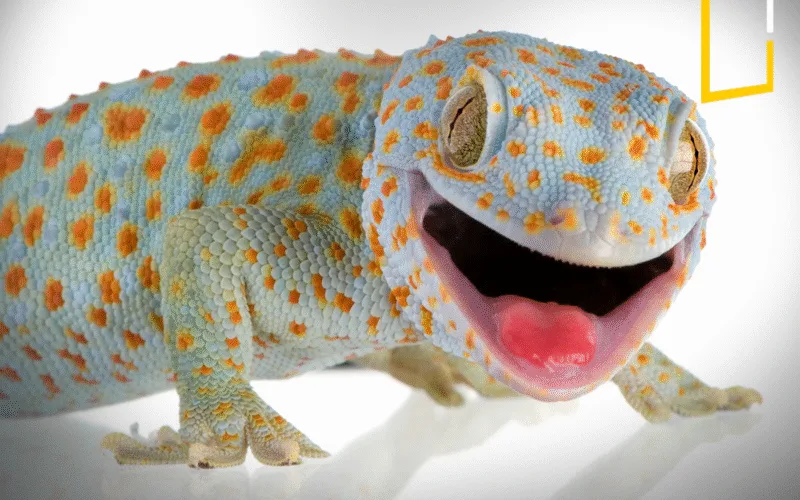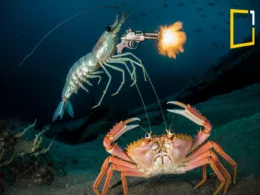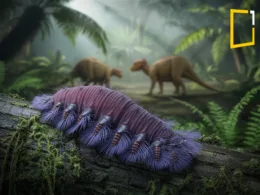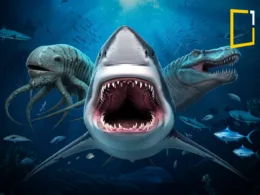It’s a scene that defies belief: a tiny gecko, dangling effortlessly from a pane of glass, its toes supporting several times its body weight.
For centuries, this wall-crawling lizard puzzled observers, inciting wild theories about sticky secretions, invisible glues, and even supernatural forces. Yet, as scientists delved under the microscope, they uncovered the secret of gecko adhesion—one that has changed our understanding of biology, physics, and engineering forever.

The Marvel Beneath the Microscope
At the heart of the gecko’s astonishing climbing prowess is an elegant natural design. Each of its toes is lined with hundreds of thousands of tiny hairs called setae, and each seta splits into hundreds or thousands of spatula-shaped tips—spatulae—barely 200 nanometers long. This branching, hierarchical structure increases the surface area in contact with any substrate, providing the gecko with millions of “anchors” for every step it takes.
Van der Waals: Nature’s Invisible Force
However, surprisingly, the mystery of gecko adhesion lies not in glue, suction, or moisture. Instead, it relies on the van der Waals forces: weak, short-range interactions between molecules. Individually, these forces are minuscule. But with millions of spatulae engaging simultaneously, their cumulative effect is awe-inspiring—a force robust enough to let a gecko scamper upside down, even on polished glass.
In fact, when the gecko presses its foot against a surface, it aligns its setae and spatulae with astonishing precision. This intimate contact allows van der Waals attractions to engage, creating a temporary bond that’s both strong and instantly reversible: the gecko can “peel” off its toes in a fraction of a second to take its next step.
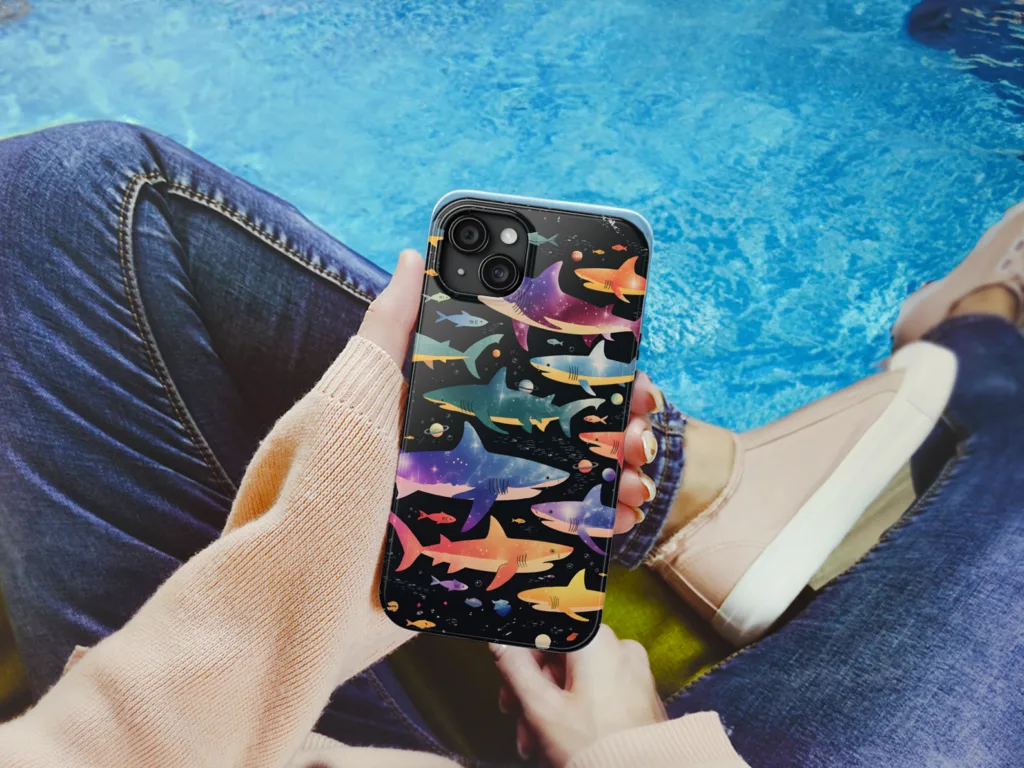
🦈 Love sharks?
Check out our Shark-Themed Phone Cover — inspired by the power and mystery of these ocean hunters.
👉 Buy now
Outwitting Science: The Ongoing Quest
Despite this astonishing natural design, engineers and chemists, awestruck and inspired by gecko adhesion mechanics, have tried to harness this secret to build synthetic adhesives. Attempts range from nanostructured tapes and carbon nanotube arrays to polymer films with micro-patterned hairs. Notably, while advances continue, none have matched the gecko’s effortless, dry, and residue-free grip. Instead, synthetic mimics often fail on rough, wet, or oily surfaces where the versatile gecko excels.

Nature’s Masterpiece: Why Perfection is So Hard to Copy
Furthermore, the challenge lies in the details. The gecko’s setae are made from keratin, the same protein as our hair and nails. However, they’re arranged in a way that achieves an unmatched combination of strength, flexibility, and self-cleaning ability. The exact spacing, orientation, and material properties must be copied perfectly to match natural performance. Even slight deviations drastically reduce adhesion.
Miracle of Design
Indeed, scientists now realize the brilliance isn’t just in stickiness, but in control. Remarkably, the gecko can attach or detach its toes at will. It races across walls or pauses, suspended, with absolute confidence. This is truly a feat of evolutionary engineering so fine-tuned it continues to humble even our brightest minds—a living reminder of the elegance possible in the natural world.
Ultimately, the gecko’s feet remain one of nature’s great wonders—a true fusion of beauty and function that challenges the boundaries of science and technology. As researchers strive to replicate this miracle for medical patches, space robotics, and everyday adhesives, the tiny lizard’s secret continues to inspire awe.
What other marvels await discovery in the overlooked corners of the animal kingdom? Share your thoughts or favorite examples of nature-inspired engineering in the comments below!
—————————————————————
Thanks for joining this wild ride. Stay curious, stay tuned, and let’s make our world brighter!
Subscribe to our channel and stay tuned for more intriguing mysteries and scientific wonders. Together, let’s uncover the secrets of the Earth and expand our understanding of this fascinating world.
Check out the latest blog and video on YouTube and learn something new today.
Attention, all readers! To deepen your understanding and stay informed on the latest news and trends, be sure to click on the link to access more informative articles.
Join the family by liking us on Facebook, or follow us on Twitter and Instagram.
If you liked this story, sign up for the weekly OneMinuteExplore features newsletter called “The Essential List”. A handpicked selection of stories from OneMinute Nature, Wildlife, Culture, Travel, Stories, and more… delivered to your inbox every Weekend.
👉 We may earn a commission from purchases made through links in this content, but it won’t affect your price. Rest assured, our recommendations are based on thorough research and genuine belief in the products. Your support through these links helps us continue providing valuable content. Thank you for being so supportive!


